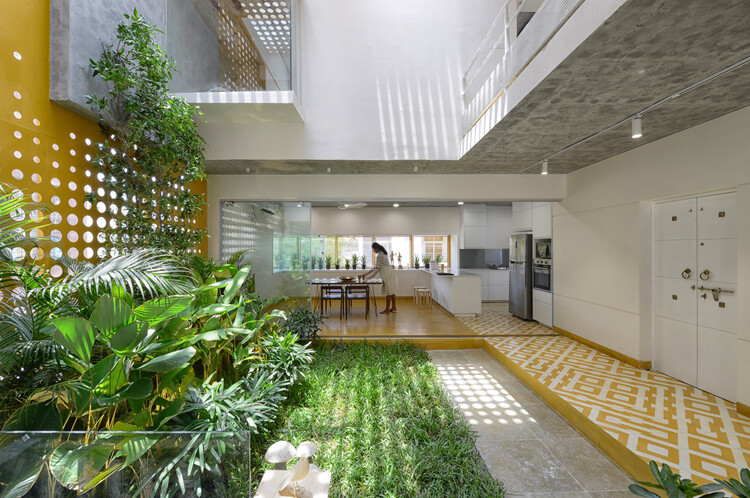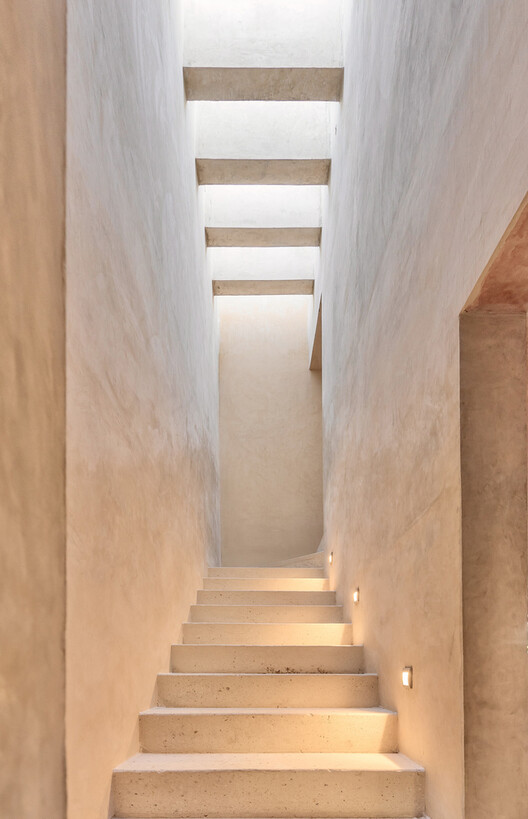
From subtle light beams to wide openings, skylights transform natural light into a powerful architectural tool, creating a dynamic interplay of light and shadow that adds movement and vitality to buildings. This intricate dance captivates not only with the patterns the light casts on surfaces but also with the practical benefits of overhead lighting, such as improved thermal comfort and enhanced well-being.
In tropical climates, where high temperatures and humidity are common, skylights are crucial for adapting buildings to these conditions. When used strategically, they help regulate indoor temperatures. When combined with natural ventilation, skylights enhance air circulation and help dissipate heat, resulting in a cooler and more comfortable environment. They also reduce the need for daytime artificial lighting, leading to significant energy savings—a valuable feature in homes located in tropical regions with long, sunny days.


Skylights are more than just functional; they bring aesthetic and poetic value to tropical architecture. Whether illuminating small spaces like hallways and bathrooms or large living areas, skylights have become icons of tropical design by enhancing a key feature: the seamless connection between the built environment and nature. By framing views of the sky, greenery, and natural light, they add a contemplative, sensory layer to spaces. This effect is amplified when paired with other elements typical of tropical architecture, like brise-soleils, large windows, and verandas. Together, these features not only improve thermal comfort and energy efficiency but also elevate the aesthetic experience. The result is architecture that smartly responds to the climate while celebrating the interplay of light, shadow, and nature.
Below are 20 examples of homes built in tropical regions where skylights take center stage.
DS House / Studio Arthur Casas

The Ridge House / Enviarch Studio

A Dialogue with the Past House / A Threshold

Vila Madalena Residence / Arquitetura Gui Mattos

Zig House / Dat Thu Design and Construction

The Vaulted House / Vrushaket Pawar + Architects (VP+A)

In Between Gardens Residence / A Threshold

3 Patios House / Once Once Arquitectura

Bugambilias House / Taller Mexicano de Arquitectura

Veranda House / sigit.kusumawijaya

Gama Issa V2.0 / studio mk27

House of Light Voids / byrayboedi

CPK75 House / AOMO

Media Agua House Refurbishment / El Sindicato Arquitectura

Casa em Rifaina / Cacau Ribeiro Interiores

Le Tranquil House / Studio WhiteScape

0 to 150 LVL House / i2a Architects Studio

Ineffable Light House / A Threshold

Soul Garden House / Spacefiction Studio

Doble Soga House / Architekten, Felipe Palacios + Johann Moeller




























